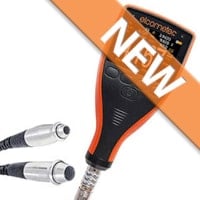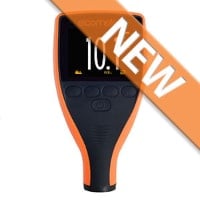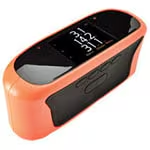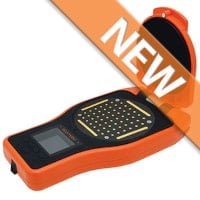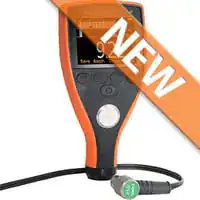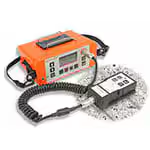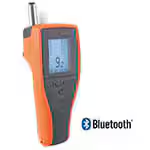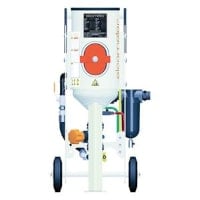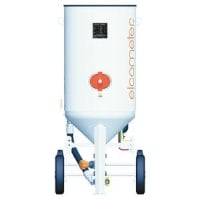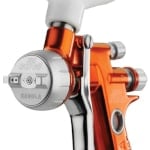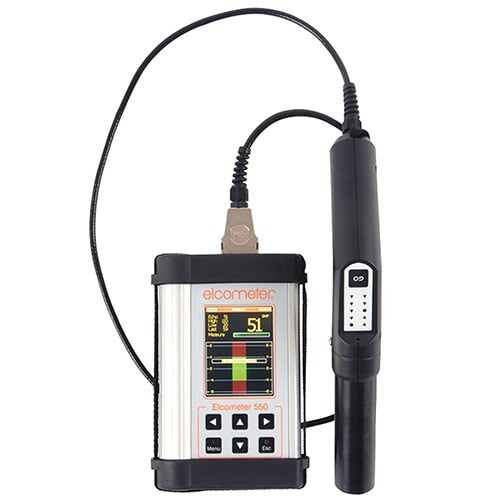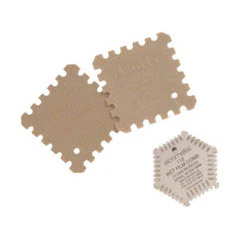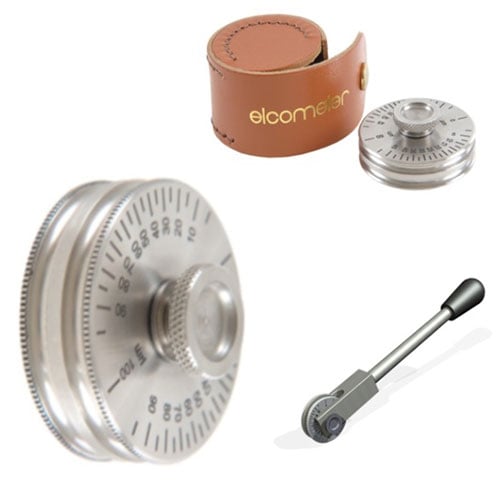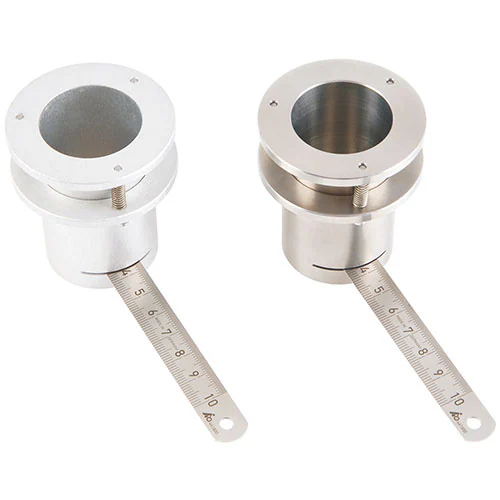|
|
|
Wet Film & Powder Thickness
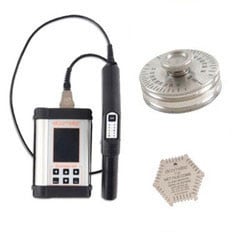 |
Measuring coatings before they have cured can predict the final film thickness.
Applying too much coating not only wastes time and materials, it can also affect the performance and finish of the product. Too much wet film can cause the coating to crack as it cures; too little coating increases the risk that the substrate will not be sufficiently protected, leading to rust spots.
In the powder coating industry, ensuring the end product has the correct levels of adhesion and appearance is dependent on the thickness of the powder prior to the curing process. Too much powder can lead to poor adhesion, too little can lead to a discoloration and loss in gloss of the coating.
|
For measurement of uncured powder thickness. Measurement of powder thickness using any form of contact with uncured coatings disturbs the powder, altering its thickness.
The revolutionary Elcometer 550 accurately predicts the final powder thickness prior to curing. Through the use of non-contact ultrasonic technology the density of the powder can be measured providing a predictive value of the final cured coating thickness.
The Elcometer 550 gauge offers the opportunity for 'right the first time' production and minimal wastage.
|
We have a wide selection of wet film combs from long edge combs to hexagonal combs through to punched aluminium combs.
Too much wet film can causes the coating to crack as it cures; too little coating increases the risk that the substrate will not be sufficiently protected, leading to rust spots.
Using a wet film comb
Place a comb perpendicular to and touching the substrate. Hole the comb in position and wait a few seconds until the teeth are wet. Remove the comb from the film.
The wet film thickness lies between the biggest value 'coated' or 'wet' tooth and the smallest value 'uncoated' or 'dry' tooth.
|
By rolling the gauge through a wet coating, the center disc eventually touches the film. This point on the scale indicates the thickness. Various measurement ranges from 0 to 25µm - 0 to 3000µm (0 to 1mil - 0 to 40mils) are available.
When the volume to solids ratio of the coating is known (generally found on the product data sheet supplied by the manufacturer), the wet film thickness can be used to predict the dry film thickness.
|
This instrument consists of two concentric cylinders, one sliding inside the other. A spherical glass lens, which has engraved measurements, is fitted to the end of the central cylinder and when pressed into the wet film, leaves a circular trace. The diameter of the mark on the lens is measured and, using the supplied conversion table, the thickness of the coating can be easily assessed.
|
|
|
|
|
|



